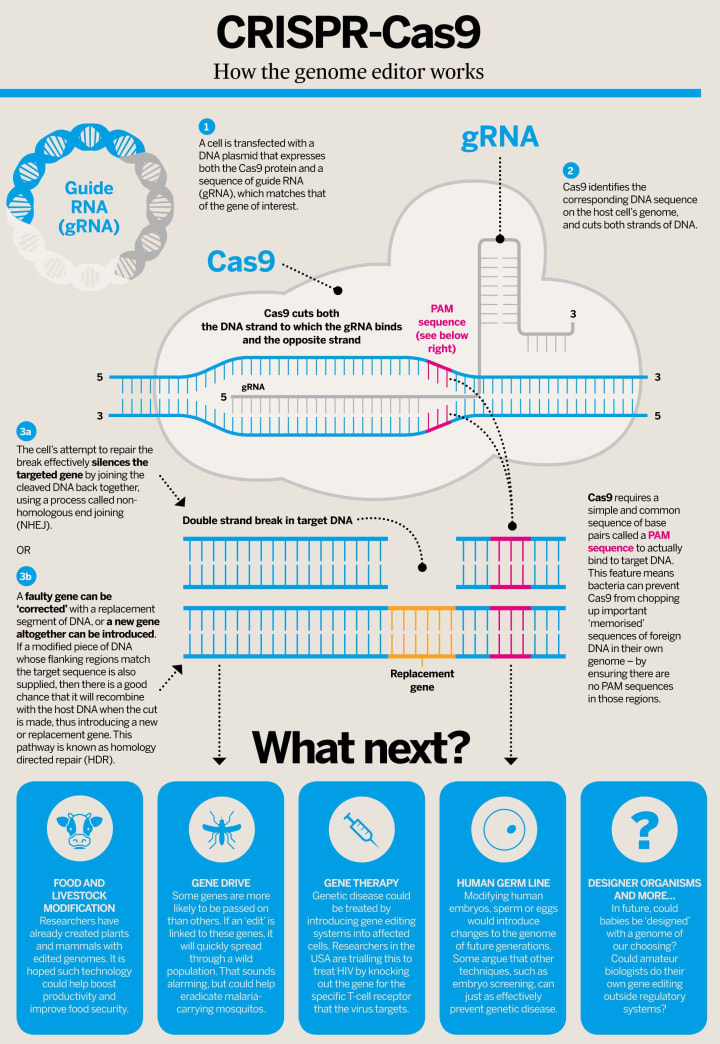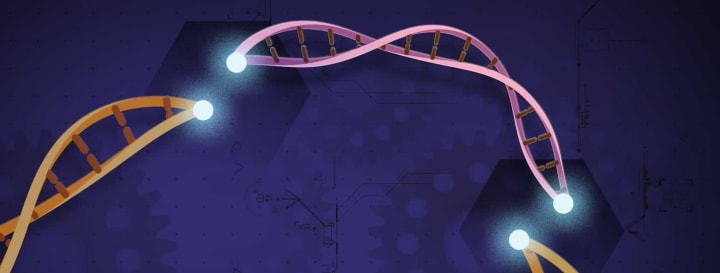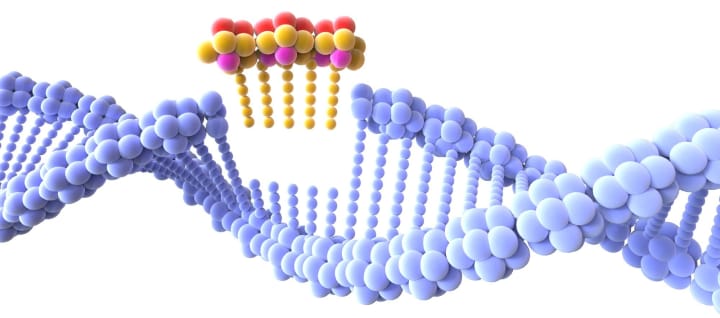
Deadly viruses and bacteria ravage the microbial world for Eons. These pathogens were already at war 3 billion years before the first Australopithecus came down from the treetops to claim the Earth.
The main belligerent factions in this mother of all wars are bacteria and viruses. While bacteria are considered one of the simplest life forms on earth, viruses are thought to be neither living nor dead (even if that depends on our definition of “living thing”).
Thus, since the dawn of ages, vicious microscopic clashes ravage our planet. Bacteria and the zombie horde of viruses are in a relentless state of alert during an everlasting all-out war with a single common purpose.
The underworld war is a fight for the ability to reproduce.
The million-dollar question is which of these factions came first? Like in the egg’s riddle, there is no simple answer.
Many in the scientific community favor bacteria-first theories. Others support the virus-first hypothesis. Personally, I believe that science will eventually introduce new variables to this theme, as neither of the factions has full proof arguments so far.

Life and death in the underworld trenches
For the time being, let’s jump right into the trenches and dig our way through this conflict, as studying the strategies being used on the microbial battlefield may help us better understand how these pathogens infect human hosts.
A fight for the ability to reproduce!
Viruses have a parasitic nature; they have to infect a living host to reproduce. Bacteria are the perfect prey for viruses, taking into account they are so widely spread on Earth:
“Bacteria are a major component of the cellular life on Earth and are found everywhere from the top of mountains in Antarctica to the deep-sea vents. They are found in the deep subsoil, the open ocean, and all over every surface of you. “
Viruses attack bacteria to grow and reproduce within the cell they infect; however, bacteria have adapted to fight back against infection.
CRISPR chews up DNA like a Pac-Man
This underworld has its own state-of-the-art arsenal. Bacteria have developed a process called CRISPR. It took eons for bacteria to develop this mechanism. However, evolution has made it gruesomely effective, as it literally slices through the viral DNA.
CRISPR stands for 'clusters of regularly interspaced short palindromic repeats'.
CRISPRs are specialized stretches of DNA. The protein Cas9 (or “CRISPR-associated”) is an enzyme that acts like a pair of molecular scissors, efficient in cutting strands of DNA. Further research also demonstrated how Cas9 scissors could also cut through RNA.
Thus, science has acknowledged the relevance of ongoing investigation relating to the bio-reengineering of CRISPR-Cas9.

Their research re-engineered the Cas9 endonuclease into a more manageable two-component system, improving its capability to locate and cut the DNA target specified by the guide RNA.
Nowadays, scientists are looking for ways to use CRISPR to fight against SARS-CoV-2 by developing more advanced diagnostic tools like home-testing kits.
On the other hand, there are more aggressive approaches being carried out that focus on ways to develop a prophylactic response to corona and influenza viruses, using a technique called PAC-MAN.
To put this unique approach in layman terms, this response mechanism uses CRISPR potential to seek and destroy the viral RNA while bypassing RNAs present in normal cells, thus avoiding collateral damage.
The bacteria then use Cas9 or a similar enzyme to cut the DNA apart, which disables the virus.
New DNA cut-and-paste tool Cas3 is like Cas9 with a motor
Less than two weeks after Charpentier and Doudna Nobel Prize award, on October 19, researchers from the University of California, San Francisco (UCSF) refurbished a Type I-C CRISPR system from Pseudomonas aeruginosa (PaeCas3c).
In this article for the journal Nature Method: “A compact Cascade–Cas3 system for targeted genome engineering”, principal investigator Joseph Bondy-Denomy, Ph.D., joined scientists Bálint Csörgő, Ph.D., and Lina León to develop and test a new CRISPR tool for cutting larger pieces of DNA out of a cell’s genome.

Whilst CRISPR-Cas9 works as “a molecular chisel” rapidly and precisely excising a small bit of DNA at a targeted site. The new CRISPR-Cas3 system employs a different bacterial immune system. The key enzyme in this system, Cas3, acts more like a “molecular wood chipper” removing longer stretches of DNA more efficiently.
Unlike Cas9, when Cas3 binds to its precise DNA target, it begins “chewing up” one strand of the double-stranded DNA in both directions, leaving a single strand exposed:
“The deletions obtained in this process ranged in size, in many cases encompassing as many as 100 bacterial genes. The CRISPR-Cas3 mechanism should also allow for easier replacement of deleted DNA with a new DNA sequence, the researchers found.”
Bondy-Denomy noted how “CRISPR-Cas3 will enable biotechnology industry scientists to more easily remove potentially pathogenic or useless DNA from these cells.”
Cas3 is like Cas9 with a motor — after finding its specific DNA target, it runs on DNA and chews it up like a Pac-Man .
The researchers also describe how CRISPR-Cas3 is by far the most common CRISPR system in nature. “About 10 times as many bacterial species use a Cas3 system as using a Cas9 system. It may be that Cas3 is a better bacterial immune system because it shreds phage DNA.” This feature makes Cas3 even more appealing for industrial or agricultural biotech and human nanotherapeutics.

CRISPR based genome editing combined with the PAC-MAN strategy might help humanity turn the tide in the ongoing COVID-19 crisis.
Moreover, it can become a powerful defense system against unknown pathogens, thus ensuring that humanity is better prepared to face viral outbreaks in the future.
“Nothing in life is to be feared, it is only to be understood. Now is the time to understand more, so that we may fear less.”― Marie Curie
About the Creator
Rui Alves
Hi, I'm Rui Alves, a teacher, army veteran & digital pathfinder. Author, alchemist of sound & Gen-AI artist.






Comments
There are no comments for this story
Be the first to respond and start the conversation.